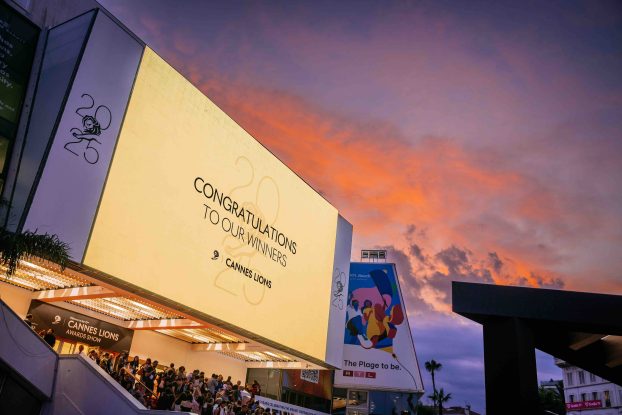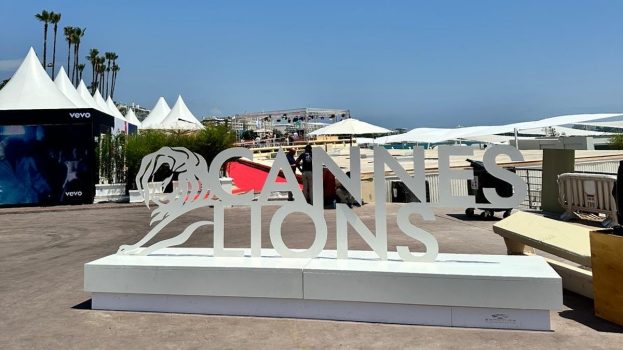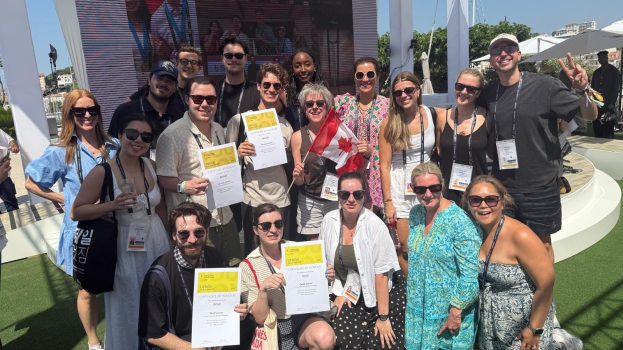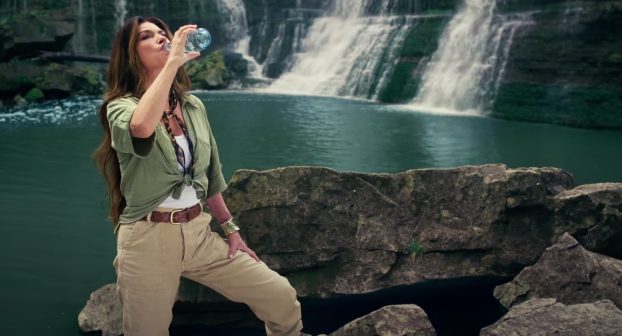Yeah. So. When I was rudely interrupted by the millennium and stuff, I had been planning to write a whole series of columns on the crucial period between client concept approval and finished production.
I wrote exactly one. Though even I can’t remember what it said, let alone you, I hereby try to pick up where I left off.
One reason why the approval-to-completion phase is so delicate is that the concept has just come out of hiding. The creative process, which actually generates the idea, is generally very quiet and clandestine, with closed doors, rottweiler guard dogs, frustrated pacing suits on the outside, the occasional sigh or shout, and maybe an illicit substance or two. But when the idea emerges, it become everybody’s plaything.
The account folk get involved, the clients get involved, the government approval boards get involved, the shortlist of directors or photographers gets involved, and so forth. (Let’s forget about the focus groups for now; that’s a whole nother matter.)
Each of these people, except for the governmenters, is genuinely trying to help. But they usually don’t. They have other motives beyond the integrity of the idea – job security, client happiness, the look of their reel, etc. – and though it sounds pretentious, the integrity of the idea is what counts here. Let me offer just one real-life illustration.
When I was introducing the Midland Walwyn identity program, Blue Chip Thinking, there were the to-be-expected discussions about the appearance of the icon itself. What does the long-metaphorical ‘blue chip’ really look like? Does it appear to be plastic, or bronze, or perhaps patterned marble? Does it have a border, like a poker chip, or would that heighten the illusion that the stock market resembles gambling? These questions created their share of angst, but they got answered and the idea survived.
However, at one point, somebody observed that the lobby of the Midland Walwyn head office had a central décor of hunter’s green. And hey, if this blue chip thing really took off, wouldn’t that kind of clash? Hoo boy, the client would be facing bigtime decorator’s fees. And the agency would be responsible.
That was when a senior account person said, with a completely straight face, ‘Hey, what’s the problem? We could make a green chip work!’
No. No, that’s not a positive, helpful contribution. No. No, we do not put a small disclaimer in every execution saying ‘the colour selection in this ad reflects agency concern for the client’s lobby.’ We do not oh-just-slightly, who’ll notice, modify the headline to say ‘Green Chip Thinking’. No. That does a certain violence to the integrity of the idea.
Years before that, I was working on a packaged goods product which was decades behind its time, but still managed to contribute major profit to the client’s bottom line. It was called Resdan, and you dumped it on your head and left it there for weeks until your dandruff surrendered. Head and Shoulders was a much more contemporary product, but Resdan had its loyal audience. We continued to try to reach that audience.
Since Resdan’s formula had remained untouched since the days when John A. Macdonald drank it, we decided to glorify that lack of change in our advertising. We developed a cute little satirical commercial in which a sweet, idealized family kept asking each other for ‘the new improved orange juice’ and the ‘new improved napkins’.
Freeze. Cut to Resdan bottle. Announcer quietly intones: ‘For 30 years, this product has been un-new. Un-improved. (DRAMATIC PAUSE) Resdan. We got it right the first time.’
We sent it off to Ottawa, to the Board of Great Protectors of the Hapless Canadian Consumer from the Predatory Advertising Brutes, and it sat there for weeks. Finally, it came back. The directive was, you can’t say you got it right the first time.
Why not, pray tell? we asked with slight undertones of anger. More silence. The answer finally came back, ‘We think you’re trying to imply your product is perfect.’ We replied, ‘That is correct. That is what we are doing. That is what ad guys do.’ Ottawa replied, ‘Well, you’re not doin’ it on my watch.’ End of discussion.
I went back, and I must have rewritten that punch line 50 times. They all sucked, and I can’t remember one of them. We finally got one approved – something like ‘Resdan, it’s been pretty swell for pretty long’ – and we made the commercial. It didn’t work. It was a long buildup for a weak punchline, sort of like the giant cake being wheeled in at the bachelor party and Roseanne pops out. (What we should have done was dump the whole commercial. Ottawa hadn’t just rewritten a copy line, they’d gutted the idea.)
The time between approval and completion is a lot like cutting a diamond. If you do it right, you polish and shape and improve something raw into something beautiful. But if anybody’s hand slips at any point, you wind up with a pile of dust.
John Burghardt’s checkered resumé includes the presidency of a national agency, several films for the Shah’s government in Iran, collaboration with Jim Henson to create the Cookie Monster, and a Cannes Gold Lion. The letterhead of his thriving business now reads ‘strategic planning – creative thinking’. He can be reached by phone at (416) 693-5072, by fax at (416) 693-5100 or by e-mail at burgwarp@aol.com



























